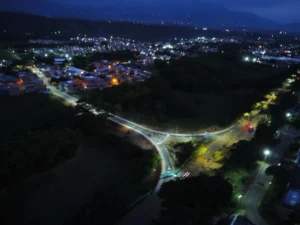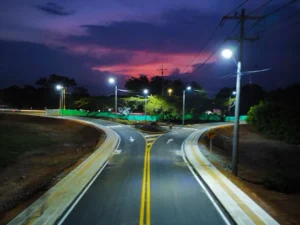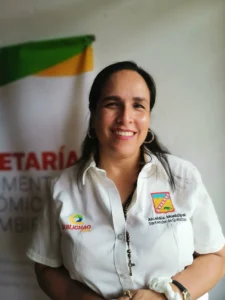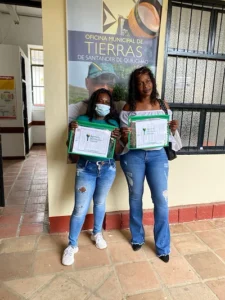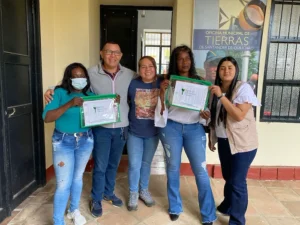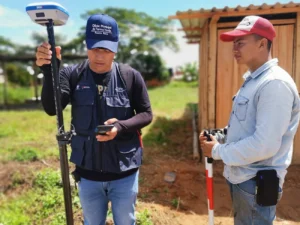Across the Sahel, growing tensions between farmers and herders are more frequently spilling over into deadly clashes. Rapid population growth, along with the impacts of climate change such as extreme drought and increasingly unpredictable weather patterns, are intensifying pressures on land and associated natural resources, contributing to this uptick in violence.
These challenges speak to an increasingly common dynamic worldwide: climate change is exacerbating competition over natural resources, leading to increased volatility and conflict. In the coming decades, global trends—urbanization, forced displacement, rising resource demand, and environmental degradation—will only make matters worse. Without governance structures and adaptation efforts that explicitly account for the compounding challenges of climate change and conflict, many communities will continue to struggle with this dual burden.
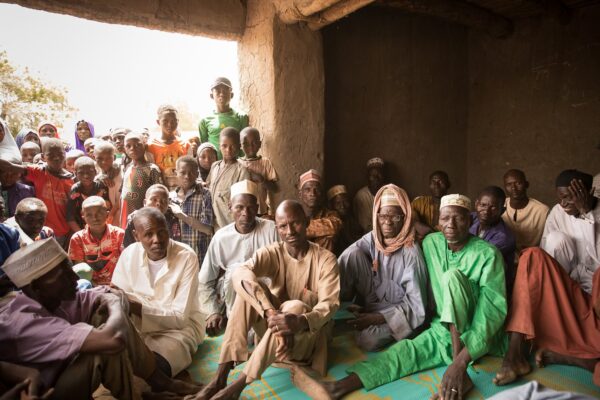
Shared land and water use also create opportunities for peaceful coexistence. In Niger, for example, the U.S. Agency for International Development (USAID)’s TerresEauVie activity brought together herders and farmers through participatory and community-based natural resource governance, leading to a reduction in the number of conflicts by half in some areas. Community representatives co-developed agreements that governed resource access and prevented overexploitation—in essence, they developed a localized means to address the risks of climate change.
Revised Toolkits on Resource-Related Conflict
In 2022, USAID released the Land and Conflict and Water and Conflict toolkits to help USAID Missions, implementing partners, and other development practitioners understand resource-related tensions, identify how land rights and water service delivery are challenged by conflict, and consider best practices in addressing cross-sectoral challenges. The toolkits also underscore the importance of conflict sensitivity in climate change-related programs.
The toolkits outline, for example, how historical injustices and current inequities can translate into highly unequal patterns of land access, control, and ownership. These factors contribute to marginalization, grievances, and insecurity, and can often lead to violent conflict. Similarly, competition over inadequate water resources risks triggering or exacerbating conflict. Even when water is not directly connected to conflict, water insecurity can impact the causes of conflict such as weak institutions, ethnic tensions, and income inequality, making it more difficult to adapt to climate shocks.
These toolkits can assist USAID Missions and partners in leveraging land and water governance to mitigate ongoing conflict within the context of their programming. For instance, well-governed land systems provide accessible and trusted processes for dispute resolution, which can reduce the need to use violence. Addressing land-related conflicts and grievances is also a proven tool for mitigating conflict more broadly.
If managed effectively and cooperatively, water can also serve as a critical pathway for collaboration, conflict prevention, and peacebuilding. Shared dependence on scarce water resources provides opportunities for long-term, repeated interactions that can lead to peaceful and productive partnerships. For example, between 1945 and 1999, cooperative events related to water issues outnumbered conflicts by more than two-to-one, and none of the 1,800 disputes over transboundary basins during those years led to formal war.
As the impacts of climate change become more acute, however, it is important to recognize that incidents of resource-related conflict are becoming more commonplace. For example, according to the Transboundary Freshwater Dispute Database, one quarter of tracked water-related incidents have been hostile, which reflects a change from the historical precedent in which amicable cooperation was the expected norm.
Moving Beyond Sectoral Approaches
The toolkits make clear that in fragile and conflict-affected settings, natural resource programming should always incorporate conflict sensitivity during planning and design. This involves championing locally-led programs, inclusive and participatory planning, and forming strategic partnerships with local stakeholders. Building on a “do no harm” foundation, all conflict-sensitive programs must include peacebuilding and community solidarity as objectives.
To connect USAID’s broader environment and conflict portfolios, it is imperative that development practitioners move beyond sectors. Both toolkits are designed to do just that. The Land and Conflict and Water and Conflict toolkits provide an important overview of the multifaceted relationship between land and water governance, climate change, and conflict. The toolkits offer a suite of approaches that USAID Missions, implementing partners, and other practitioners can use to address resource-related causes of disputes and conflict. Improved understanding of these linkages will help USAID and its partners better diagnose challenges and develop creative, evidence-based, and integrated research, policies, and programs that more effectively respond to the local context.


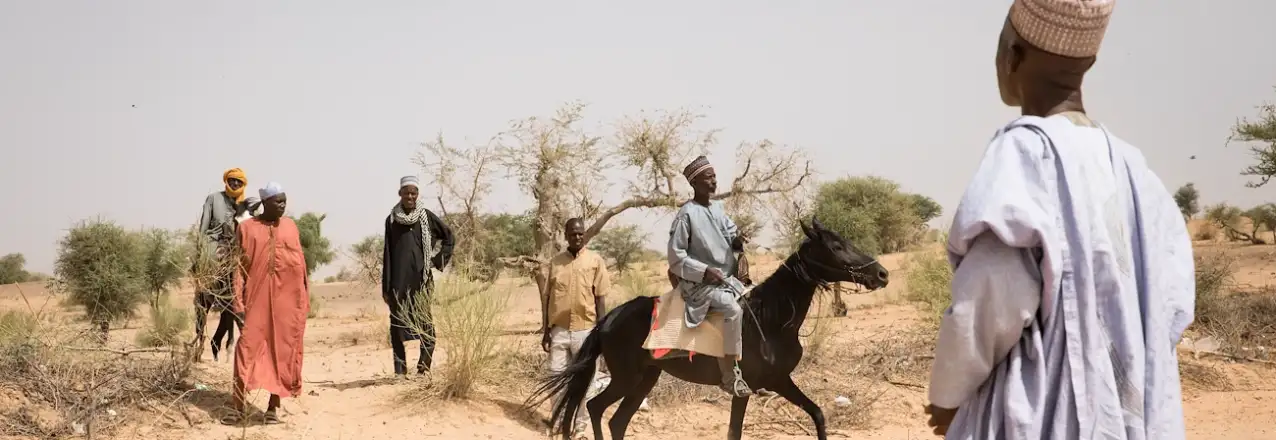
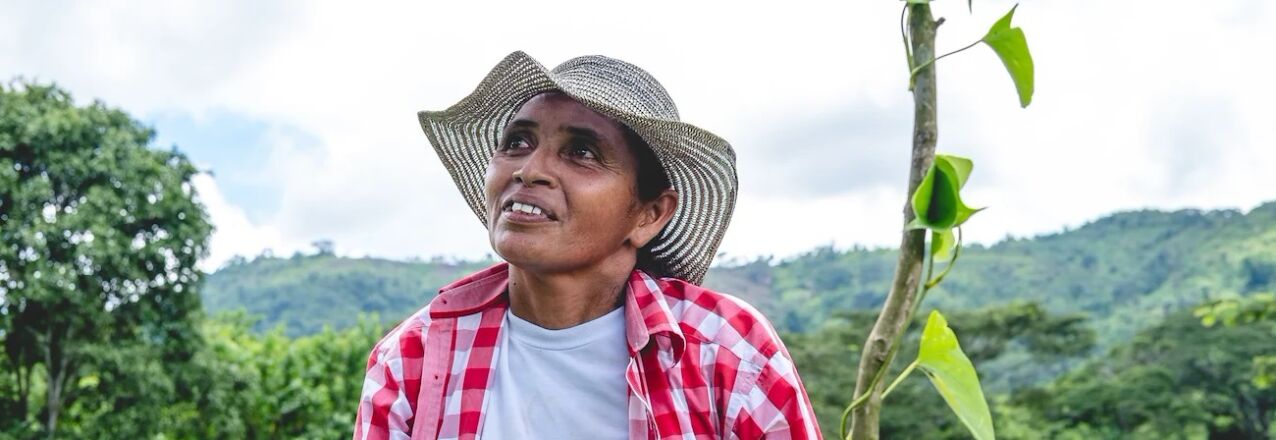
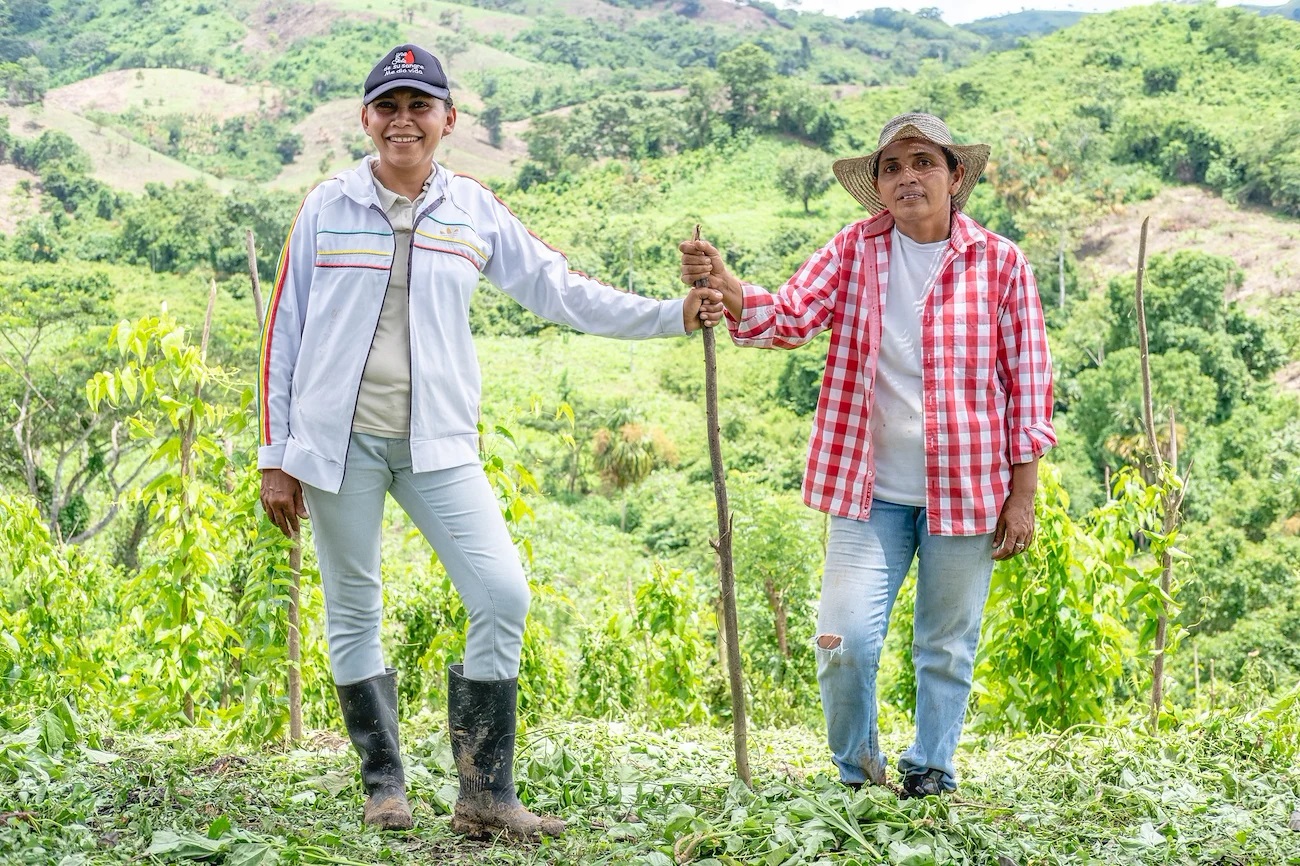
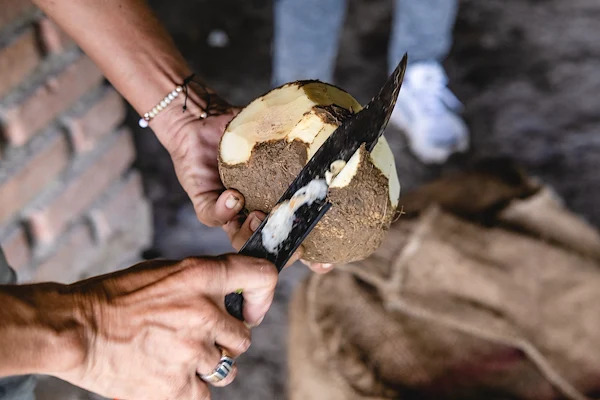
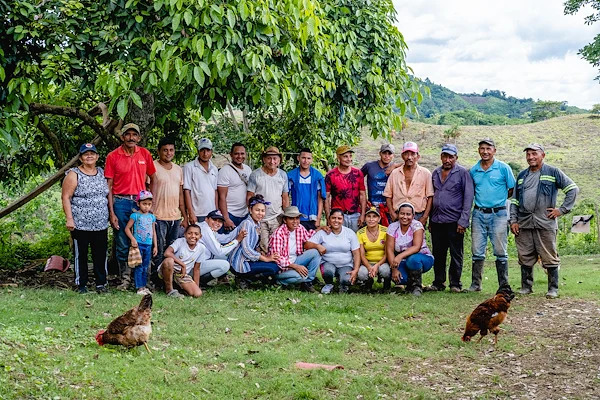
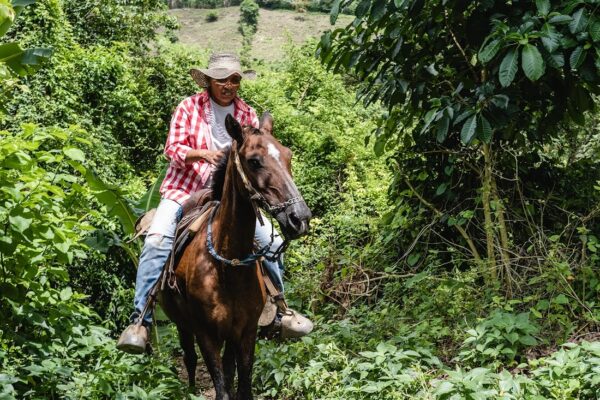
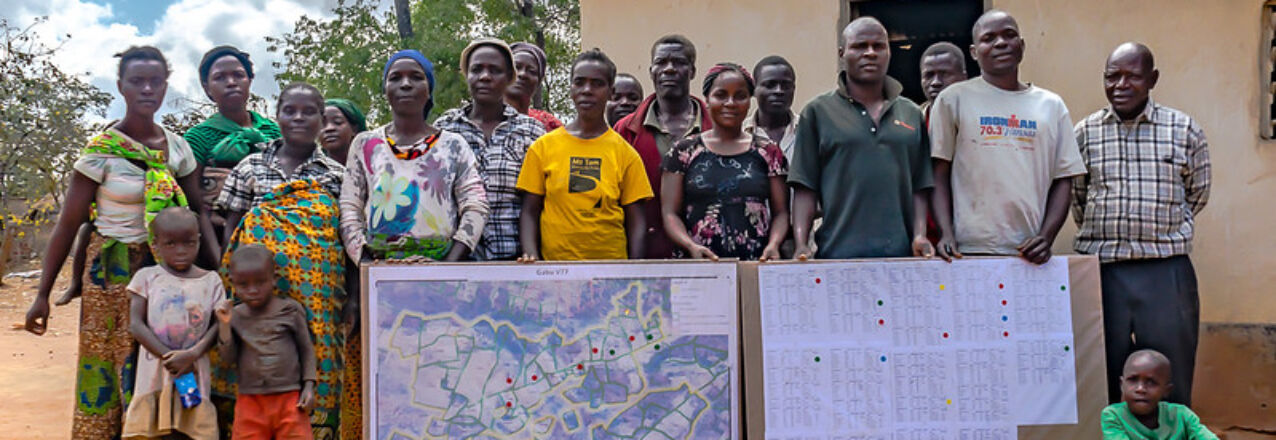
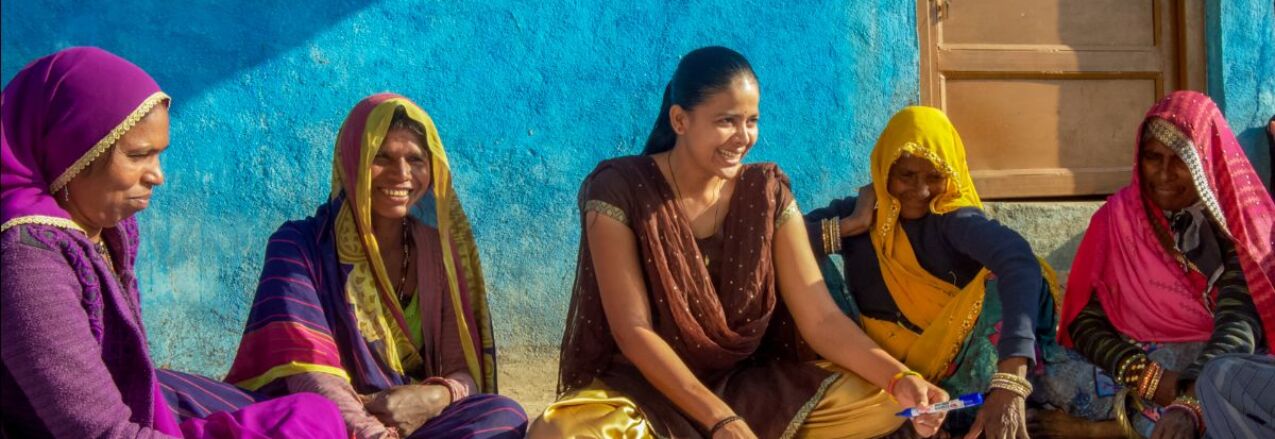

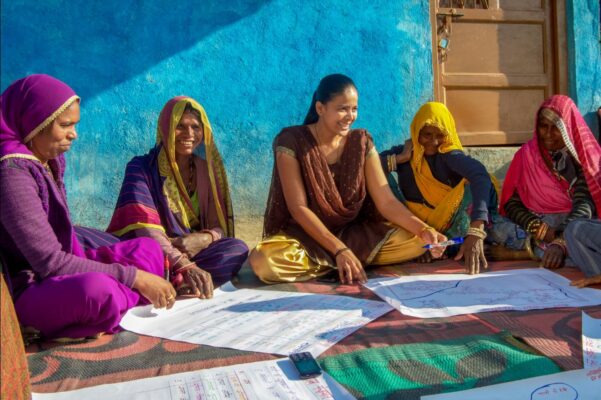
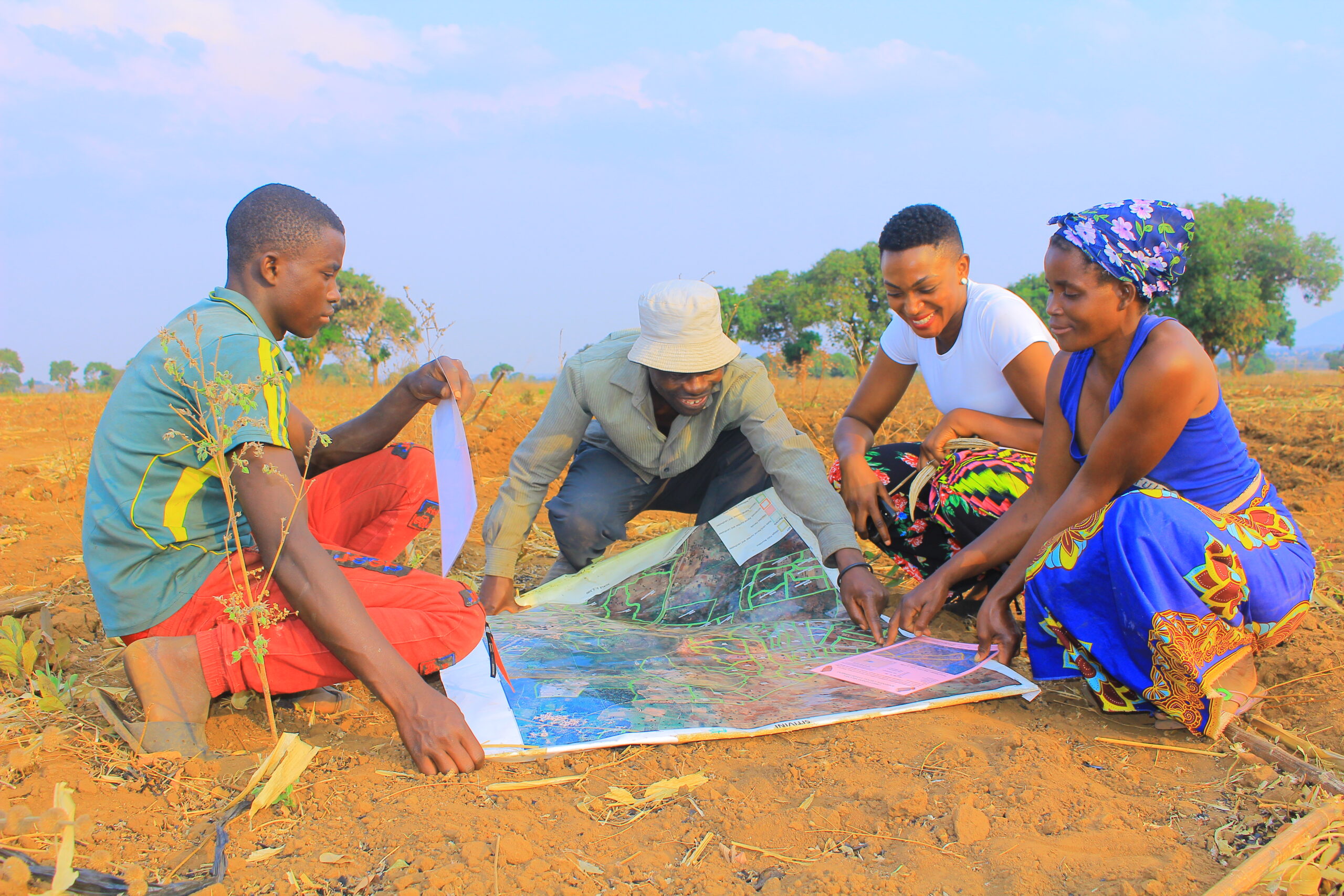
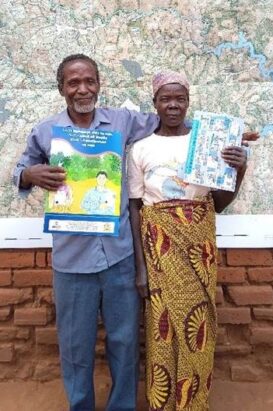
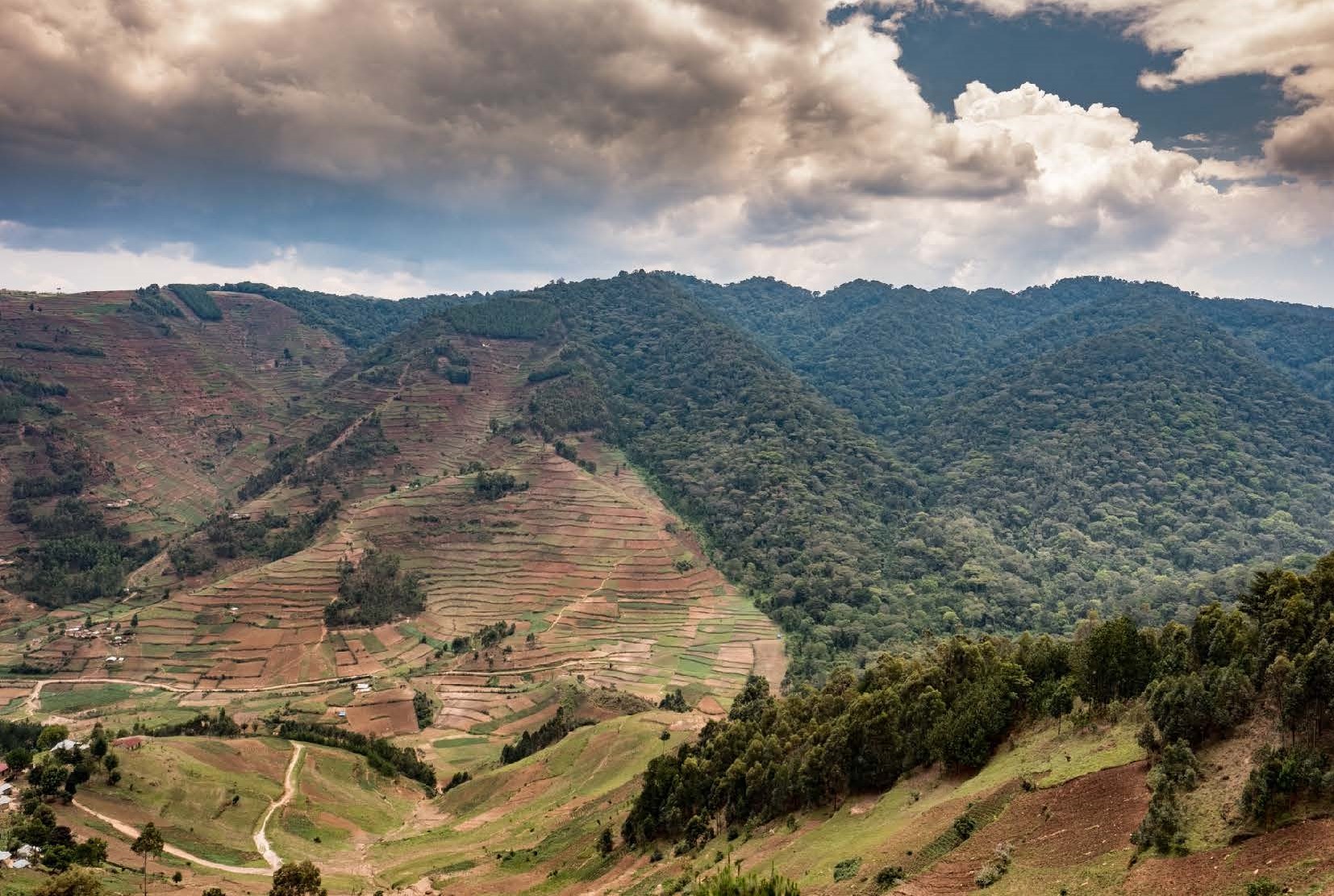
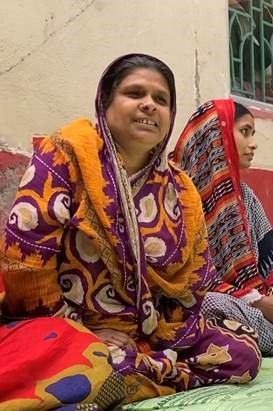
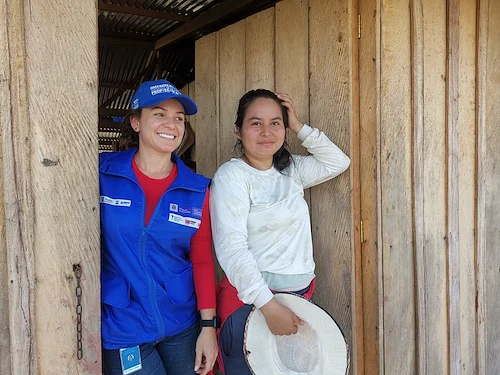
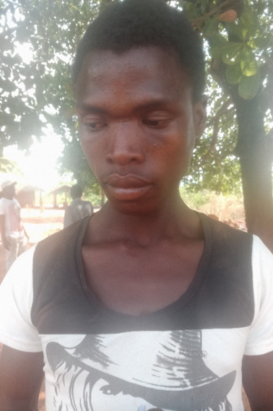
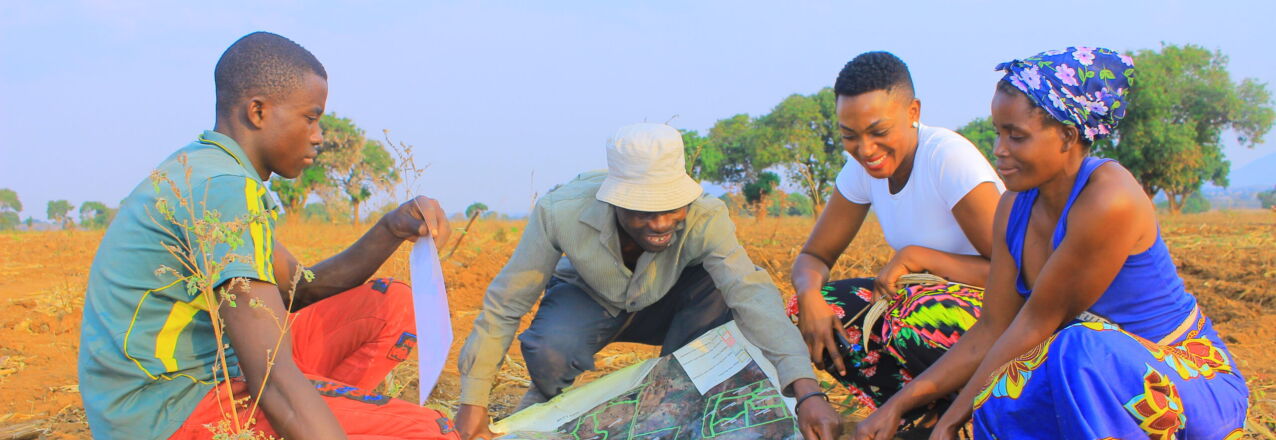
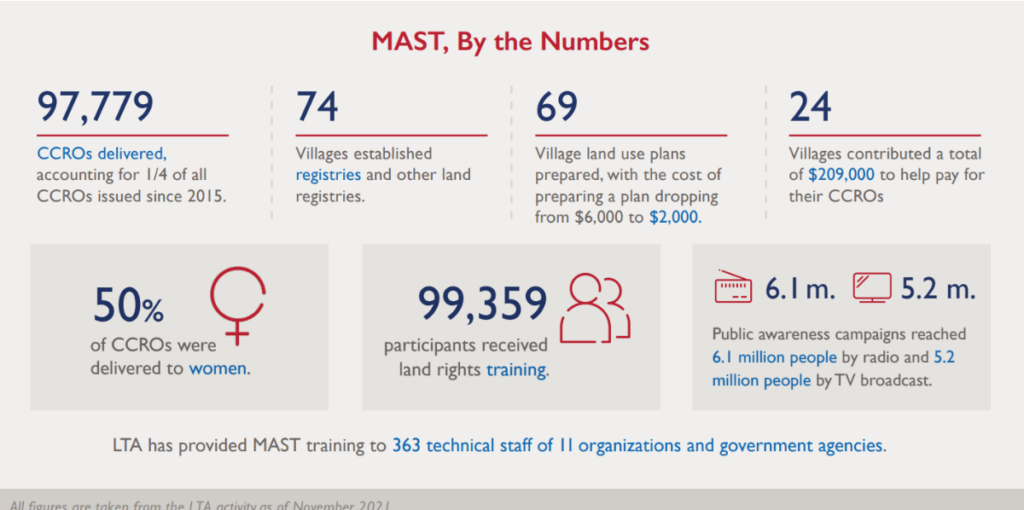
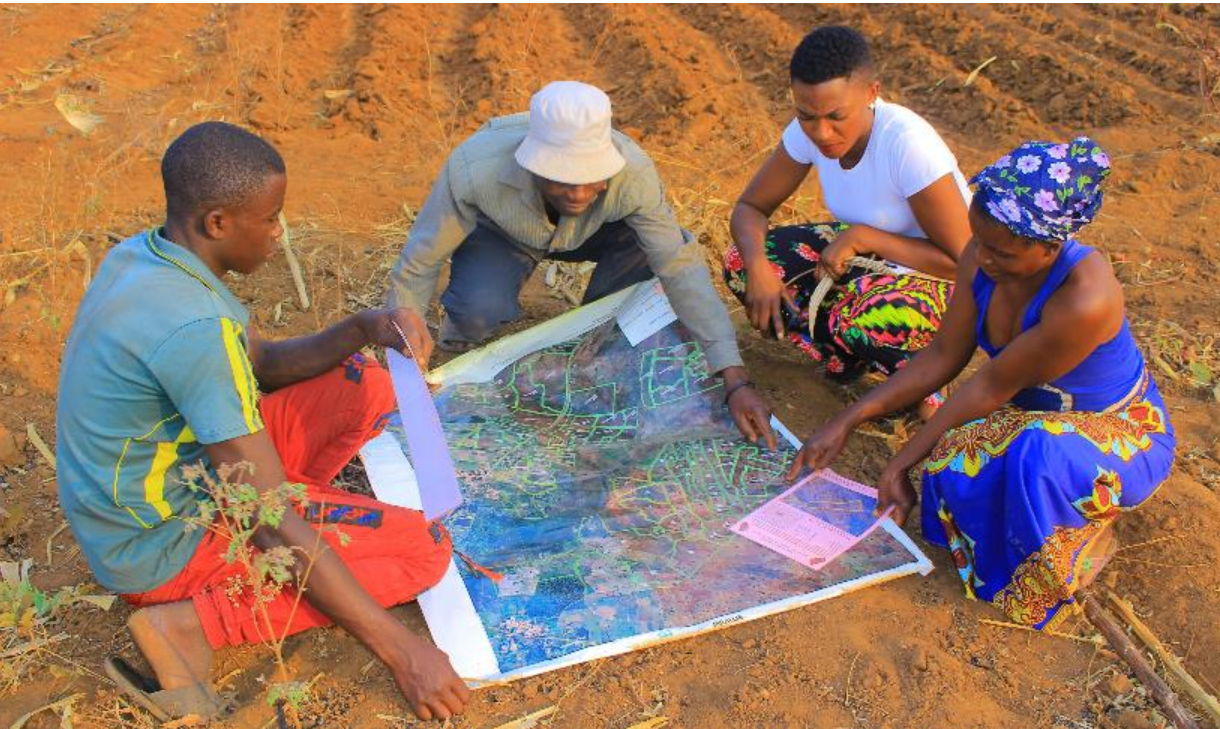
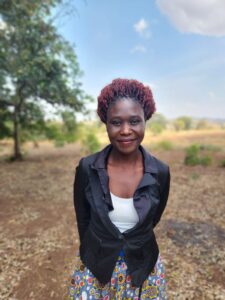
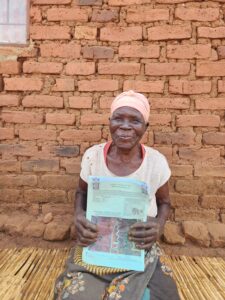
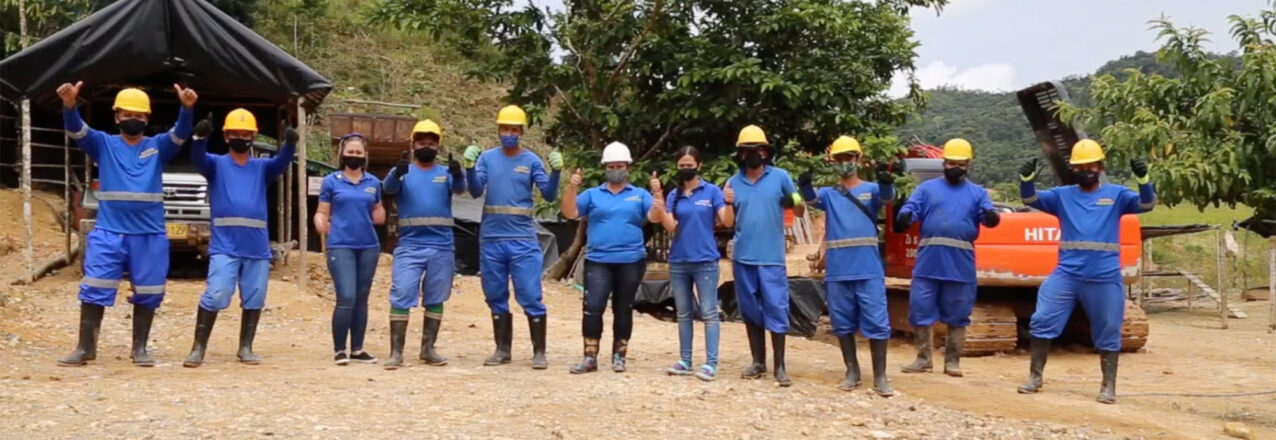
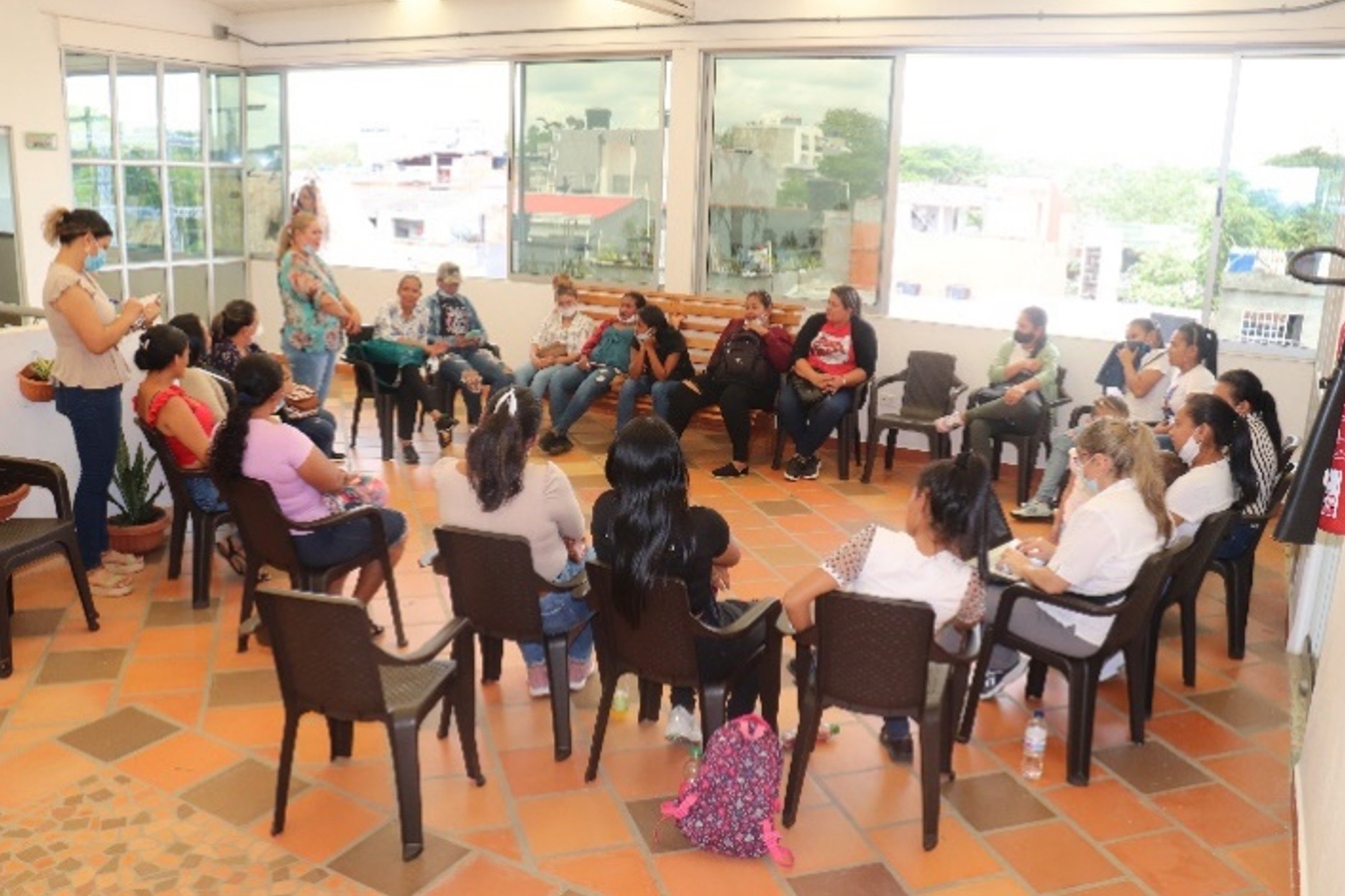
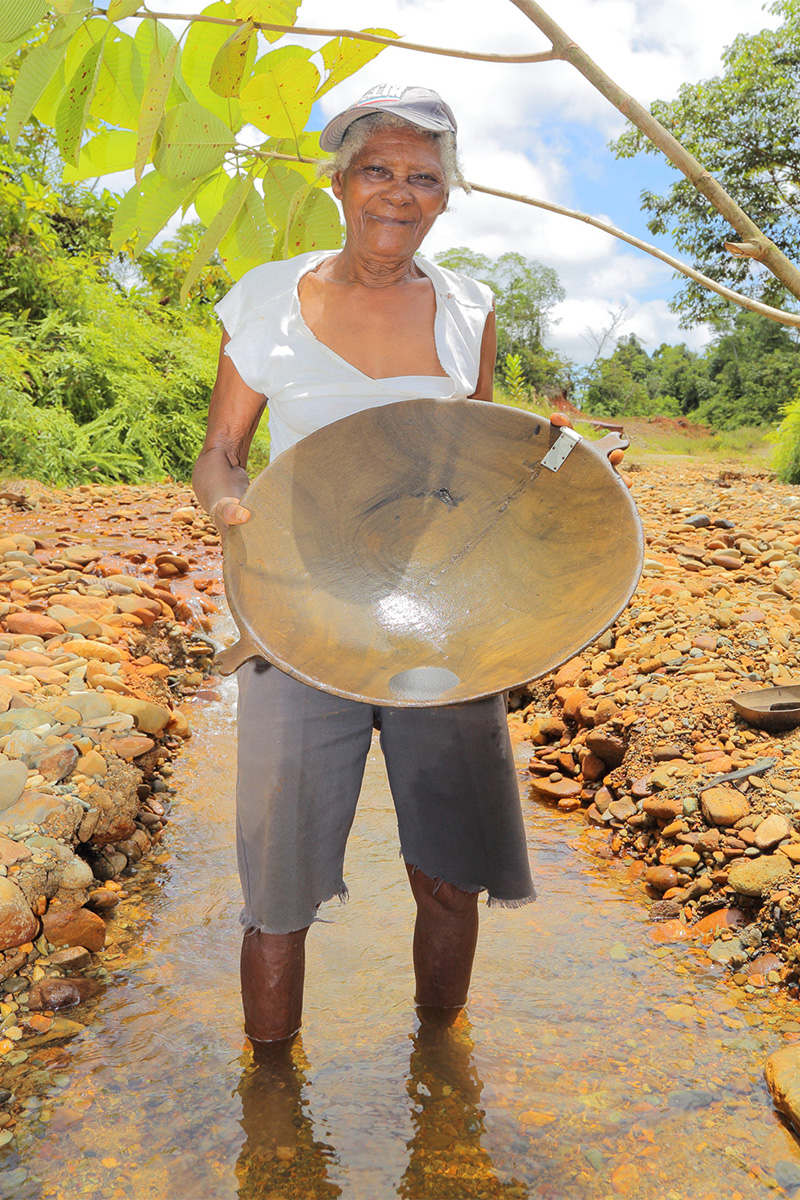
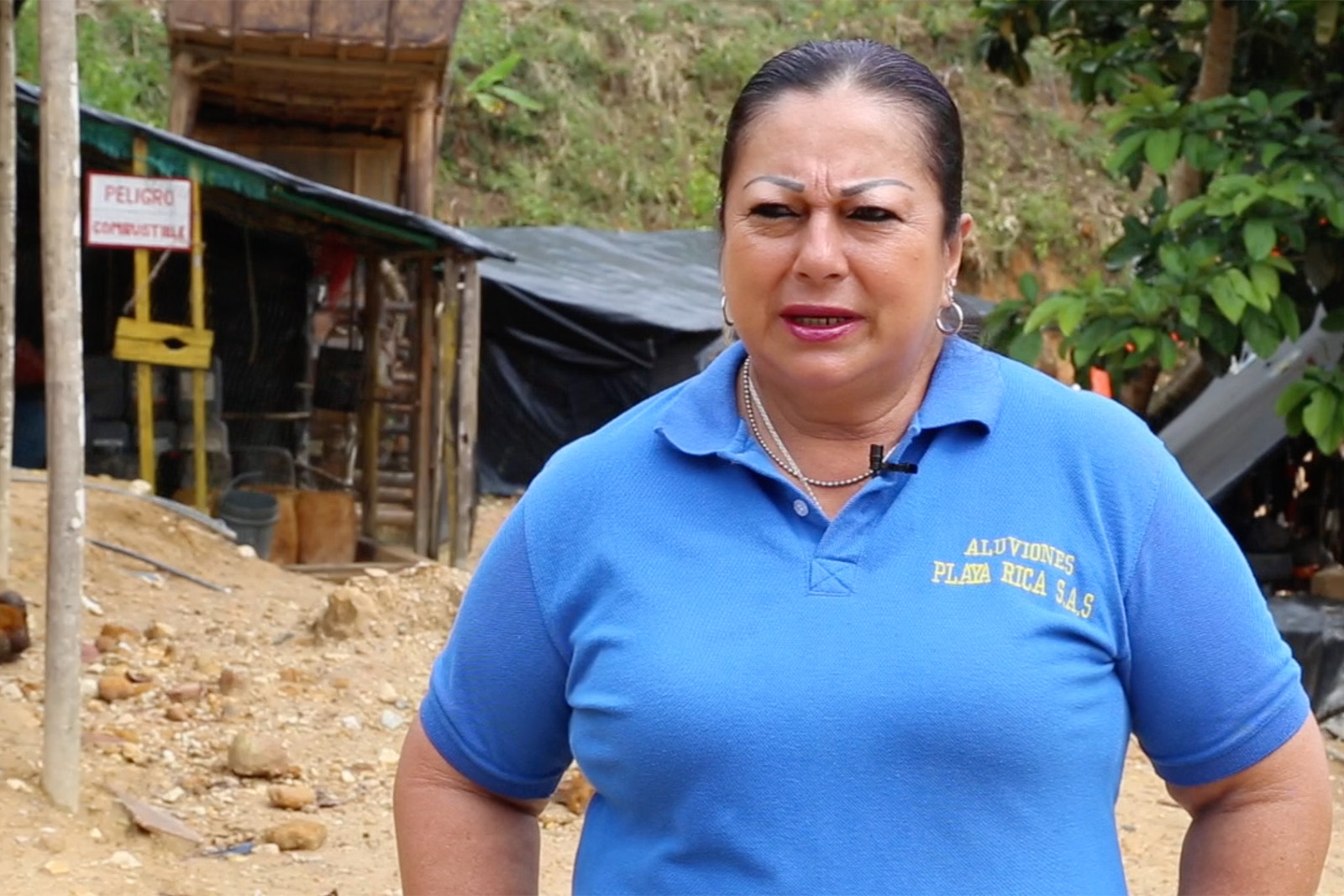
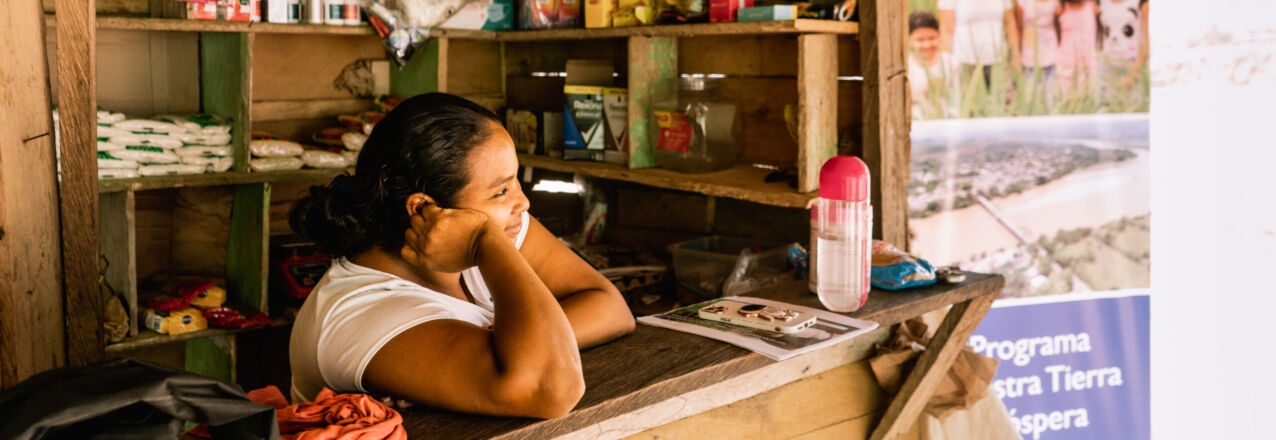
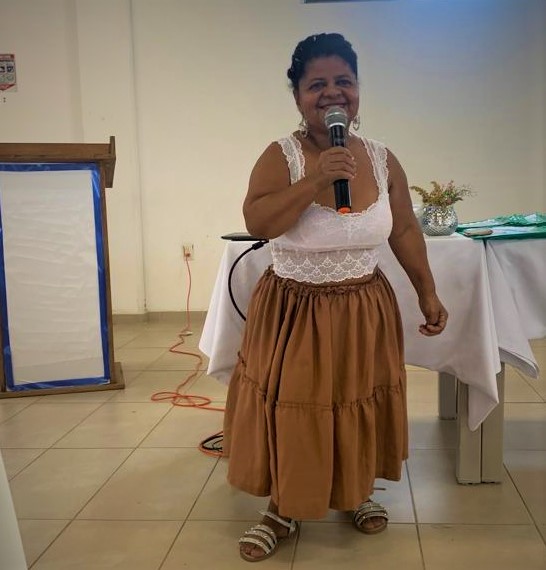
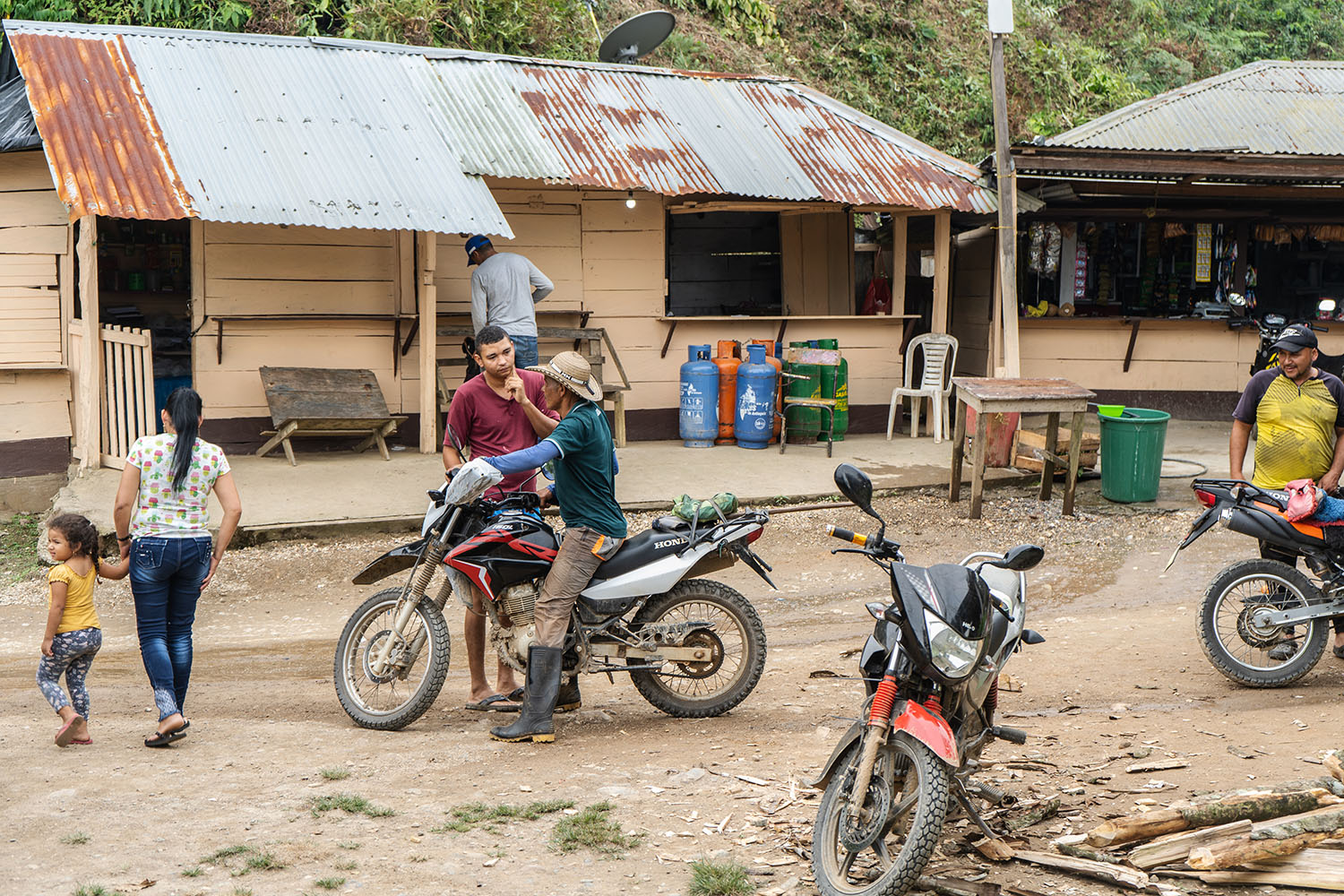

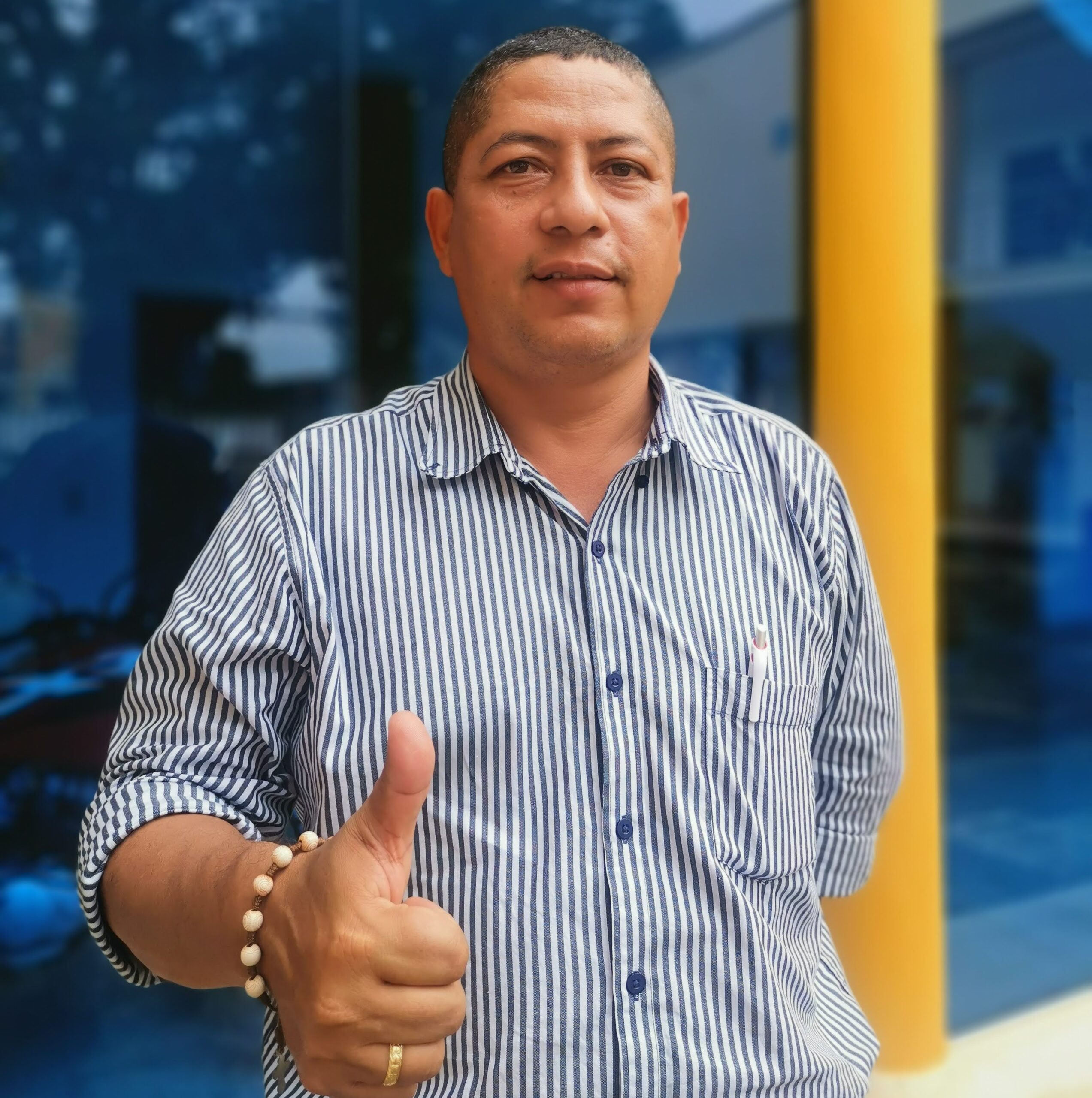
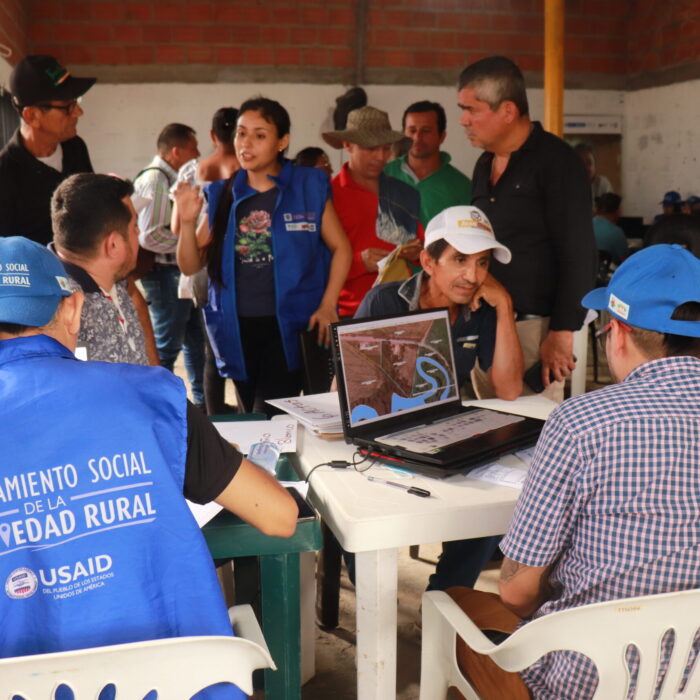
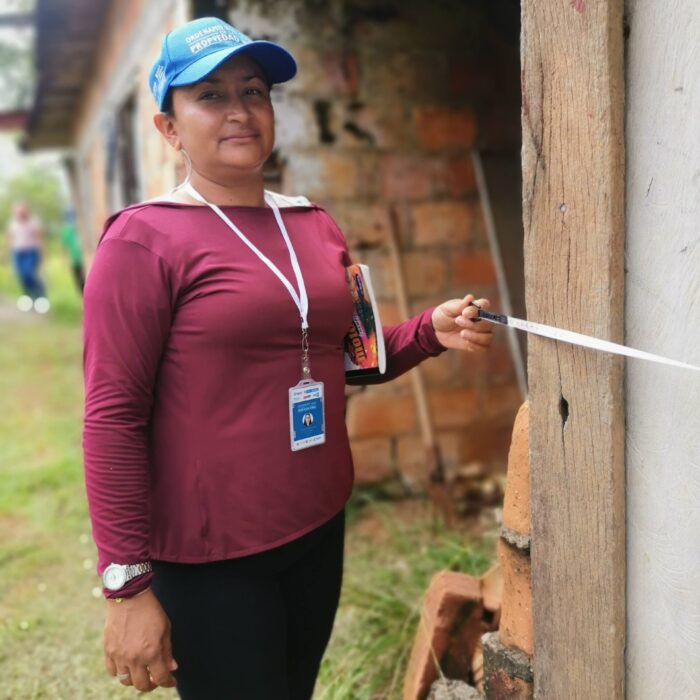
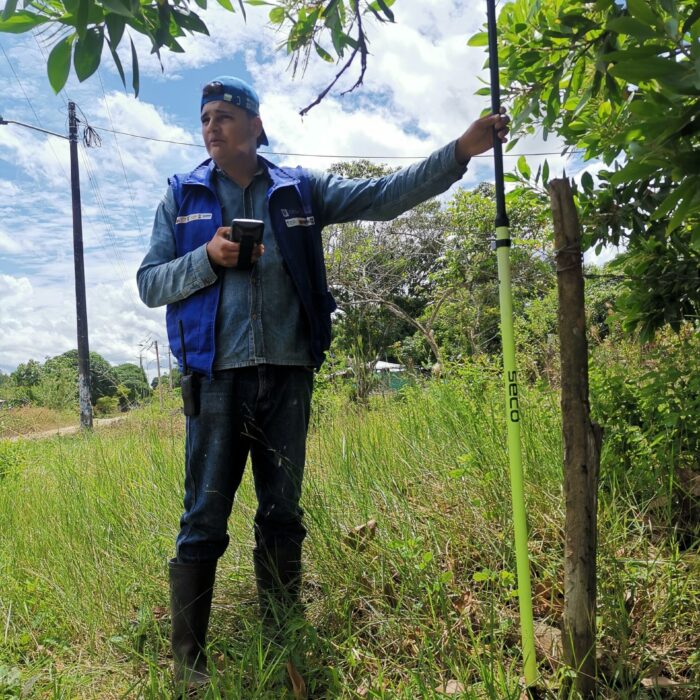
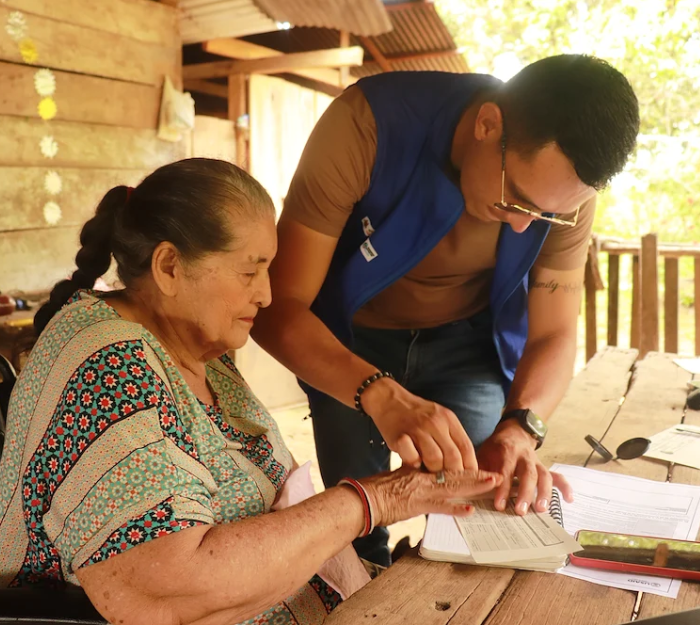
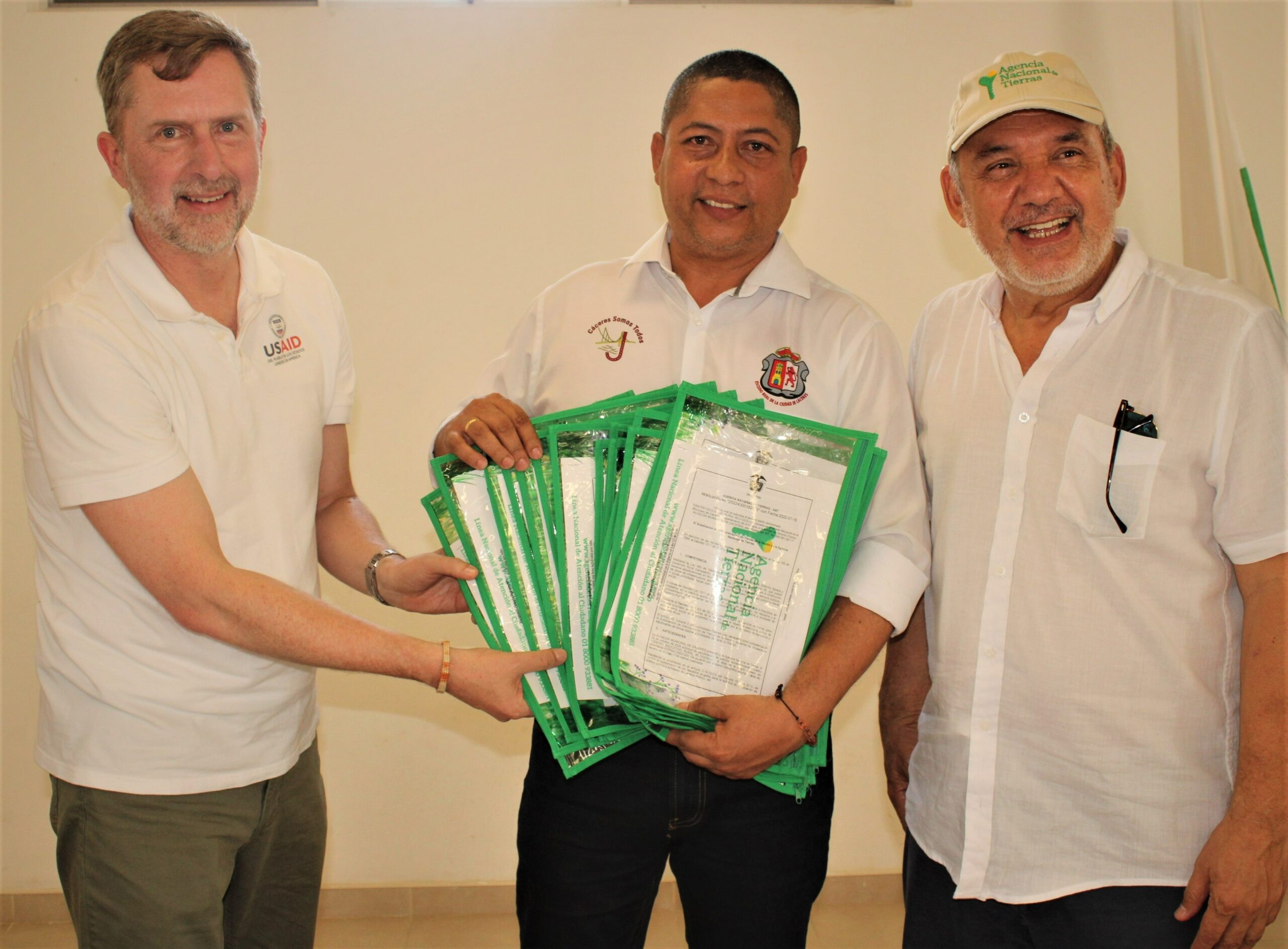
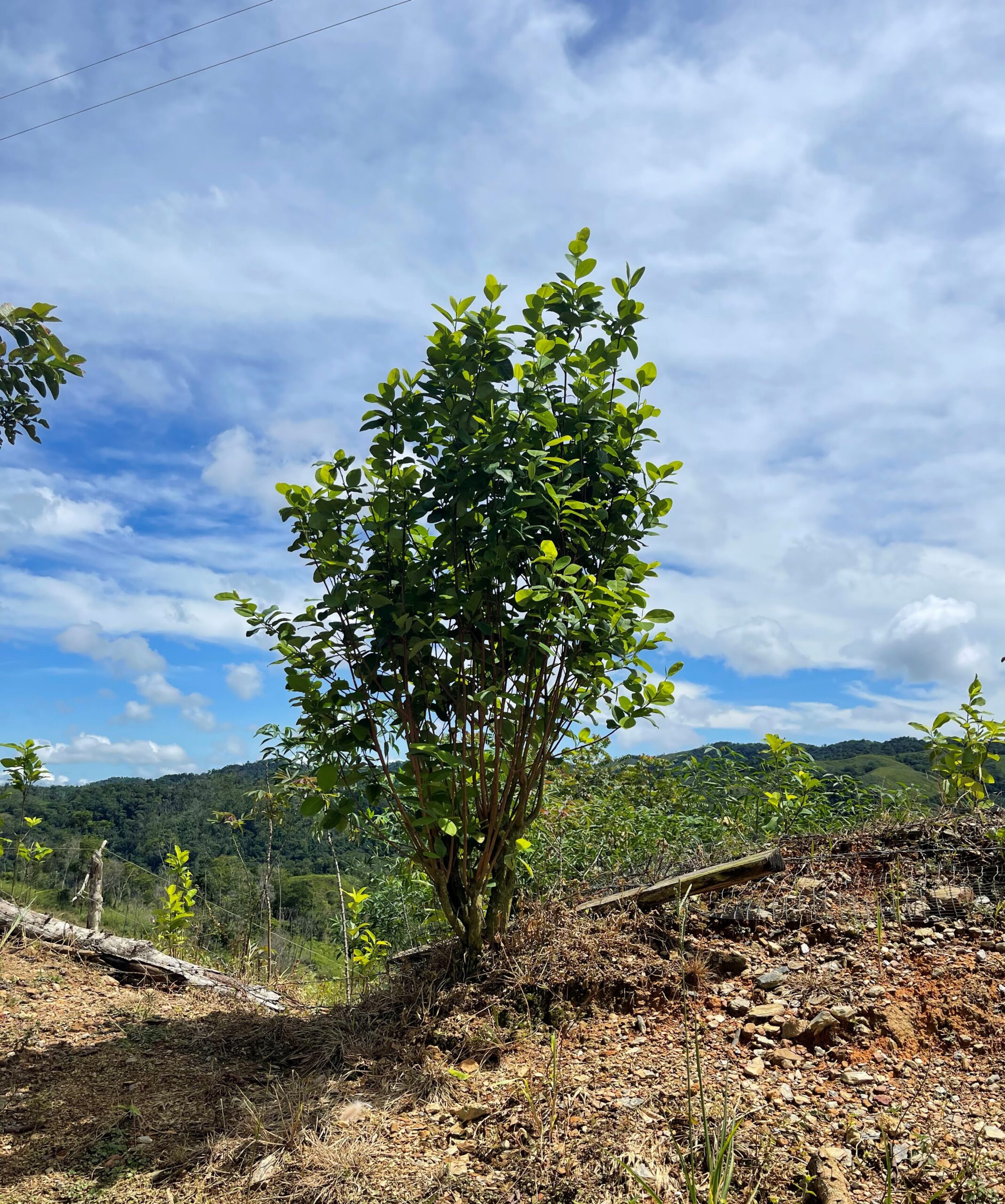
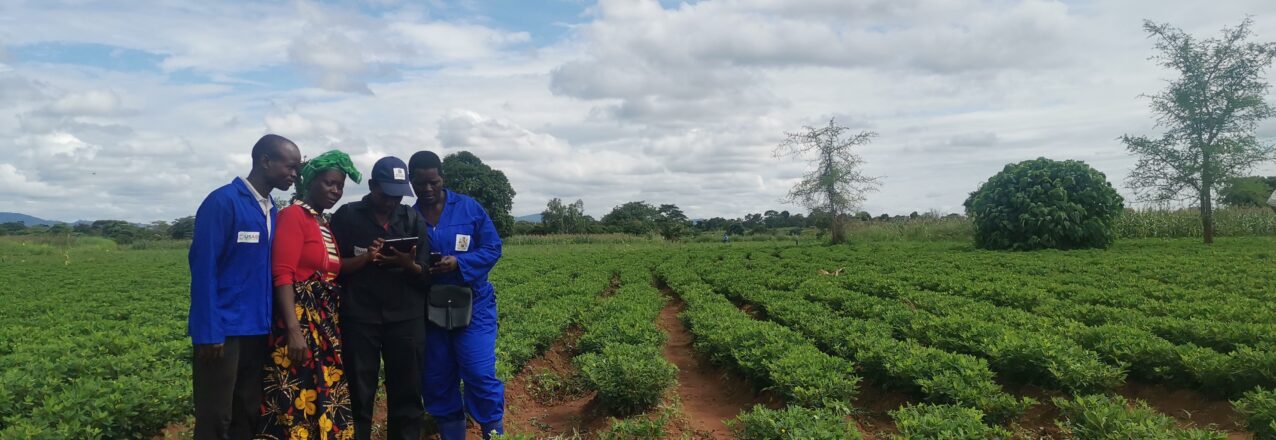
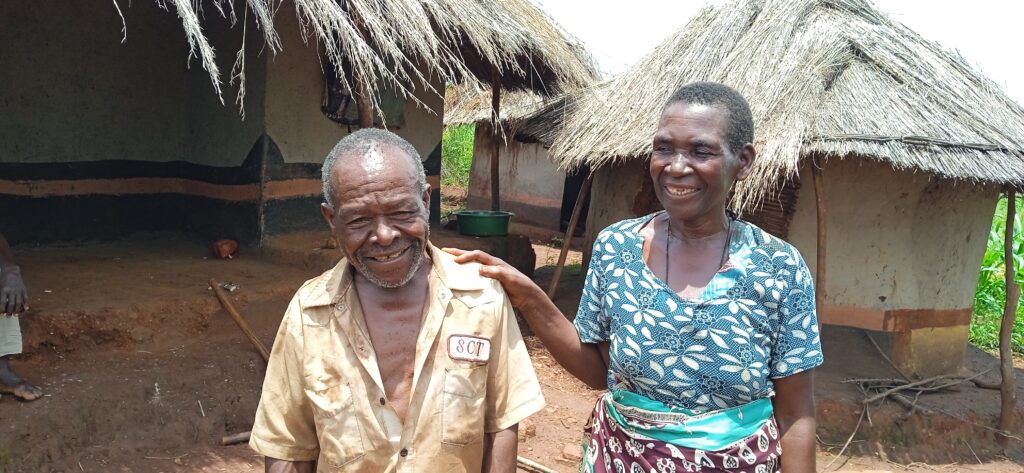
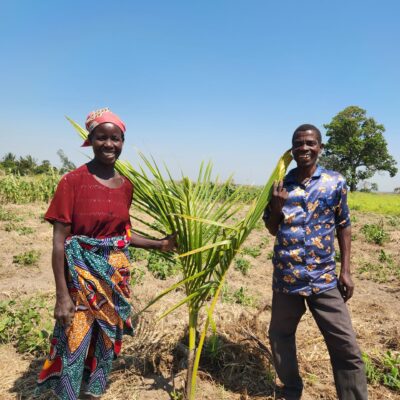
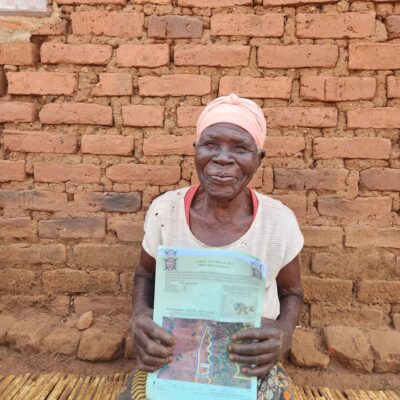
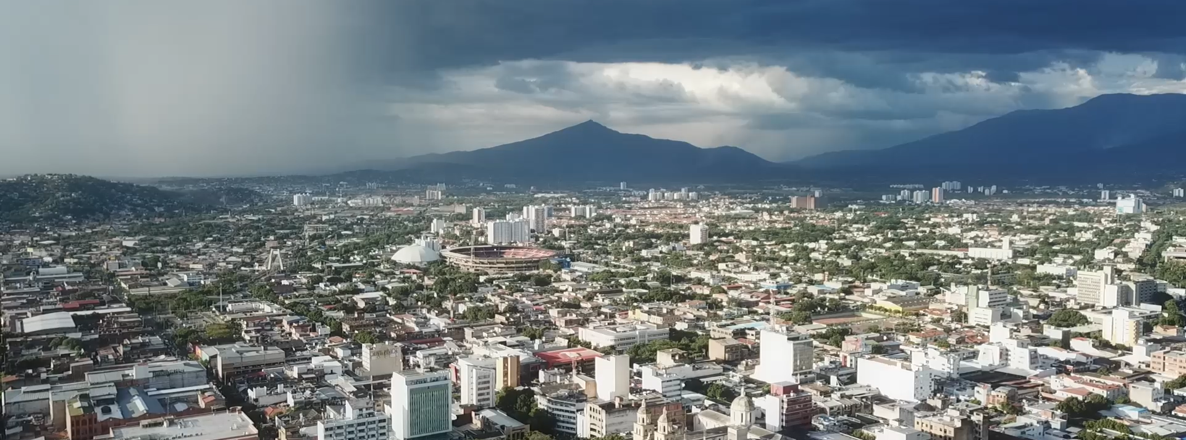
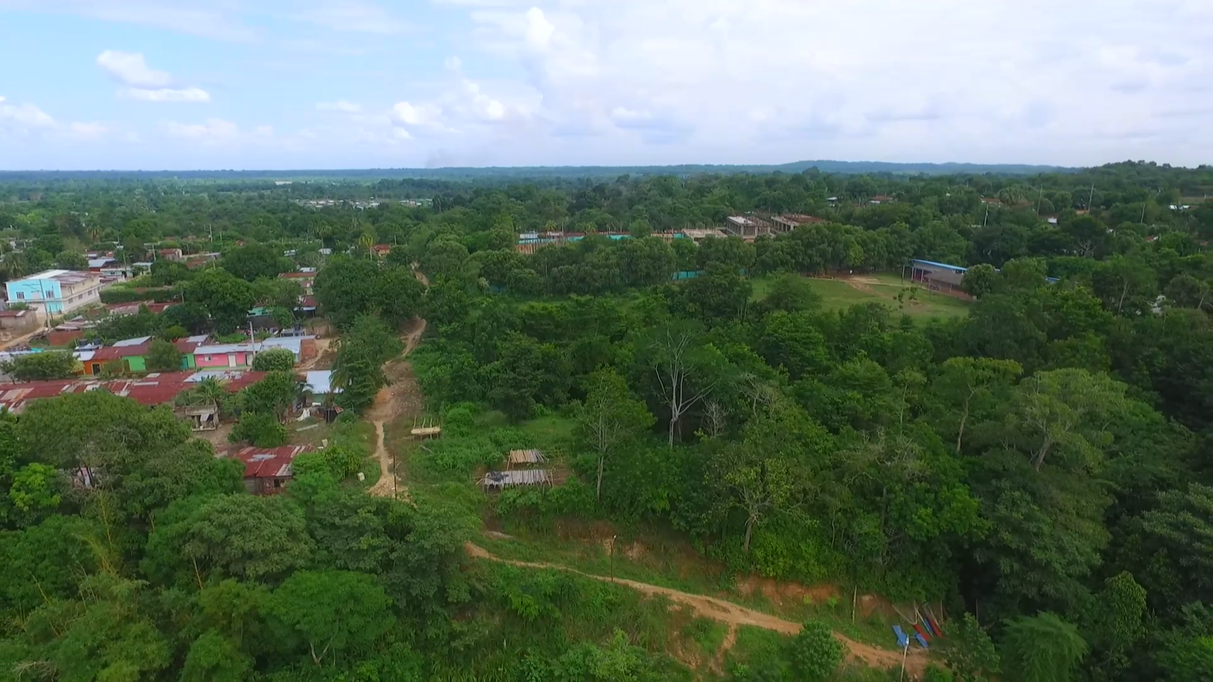
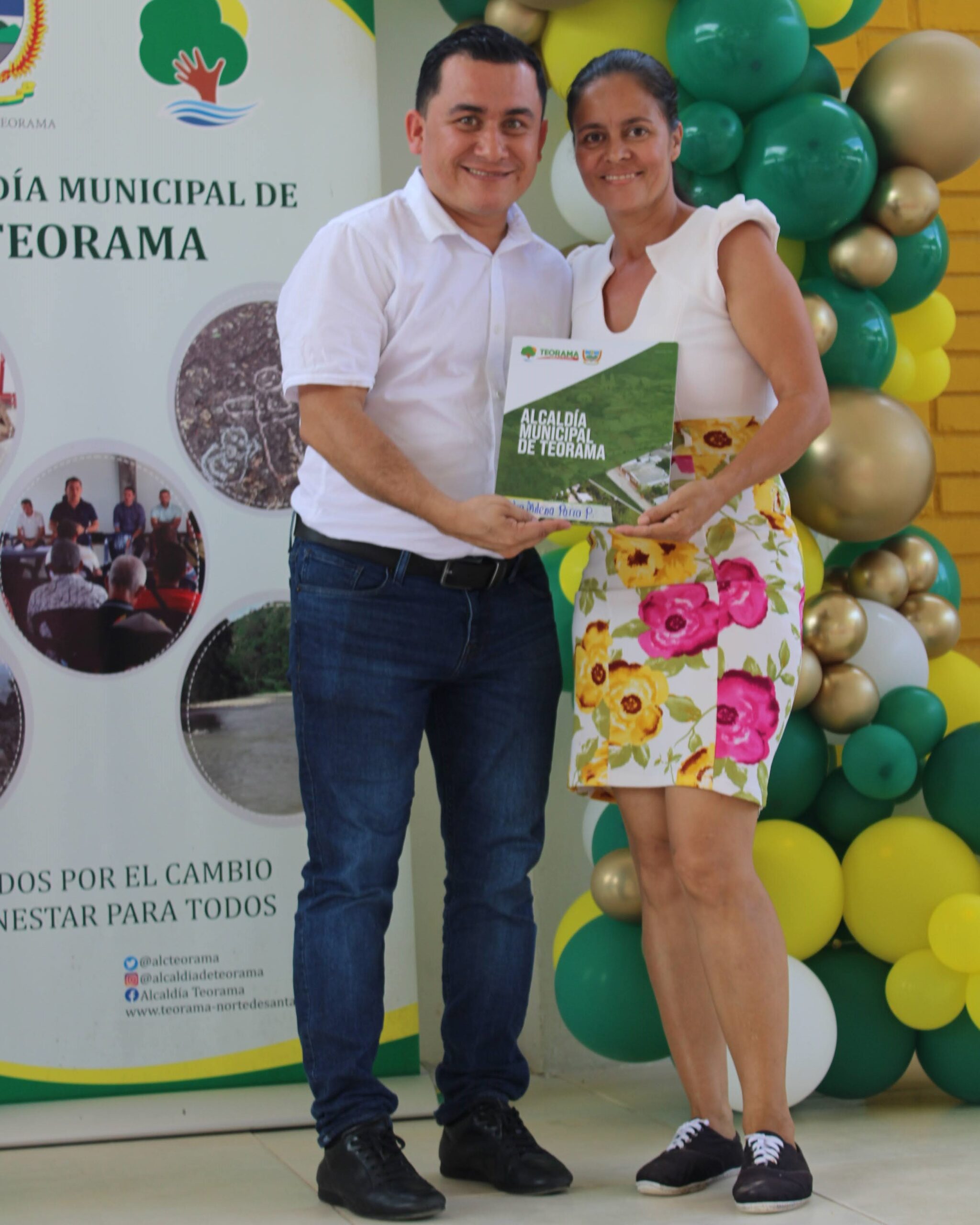
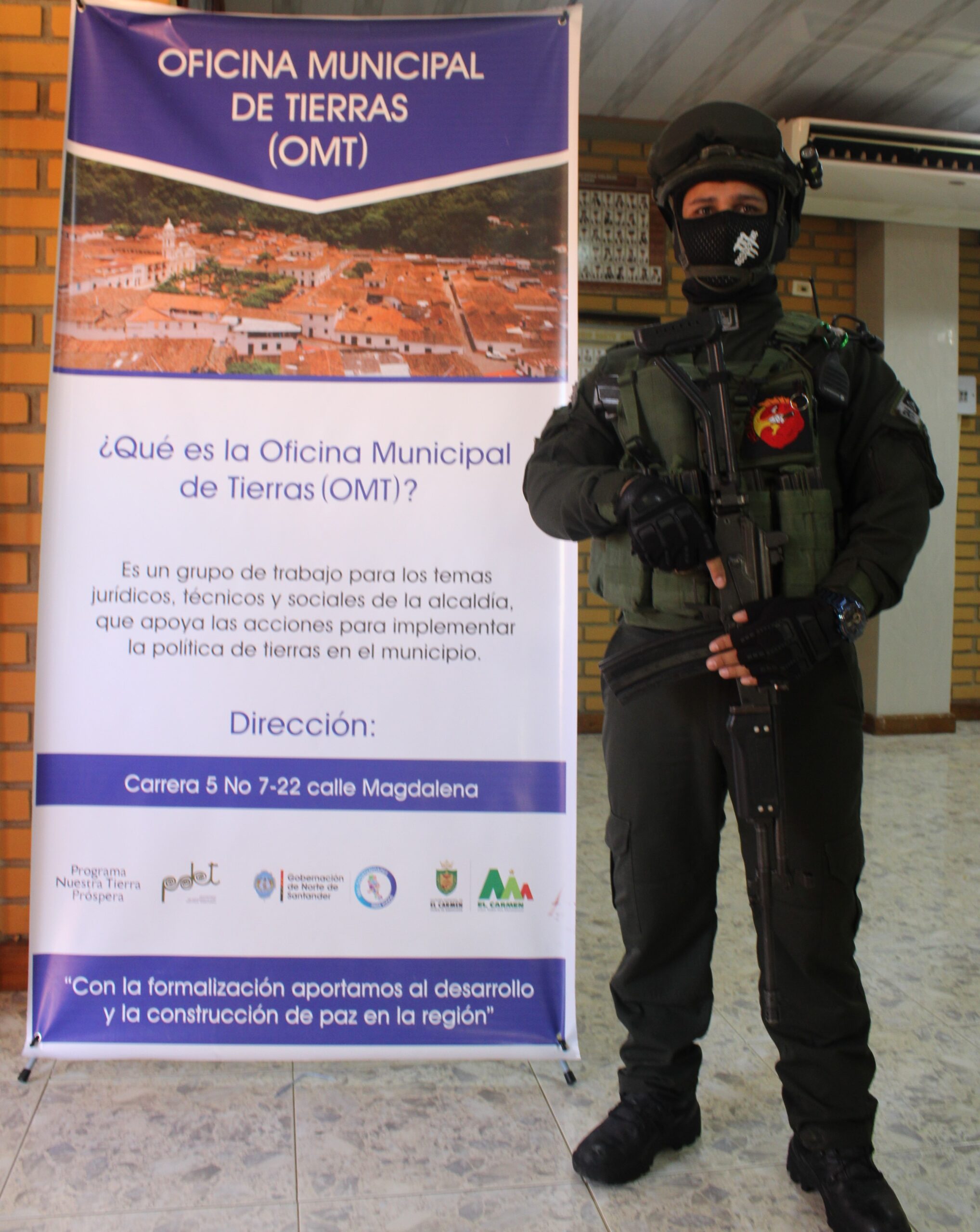
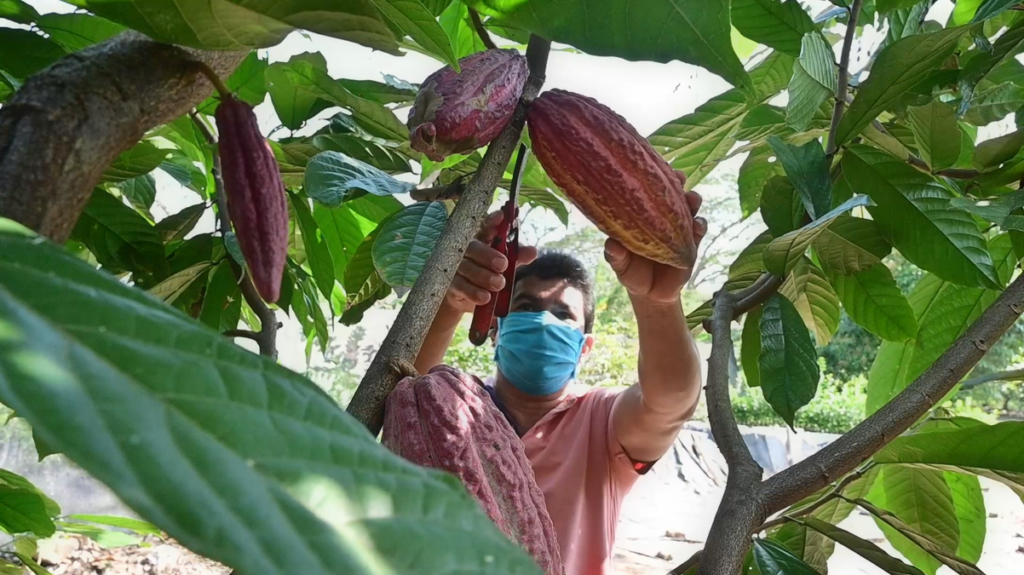
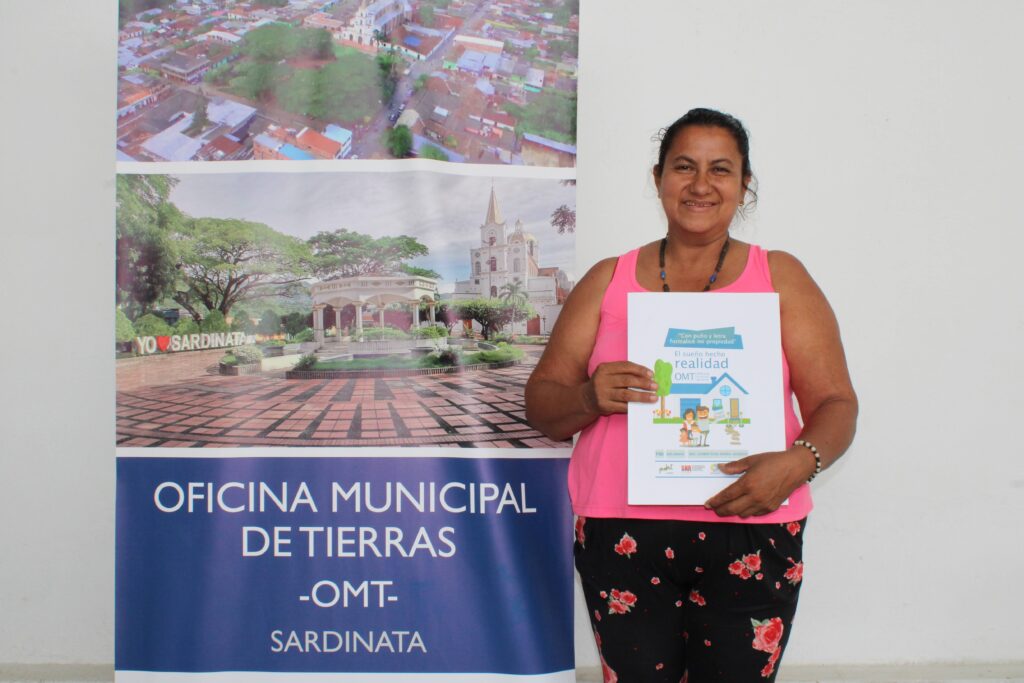
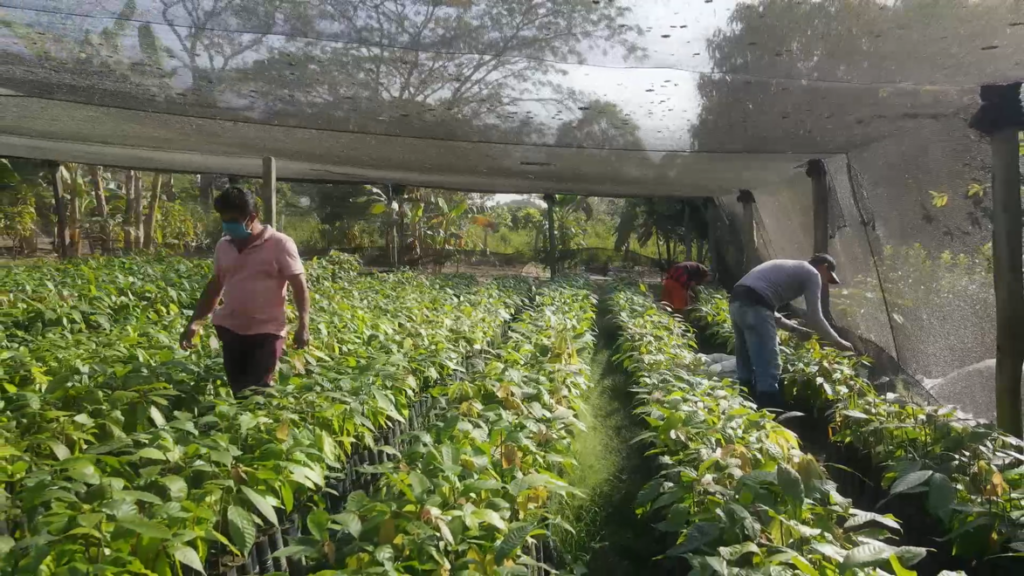
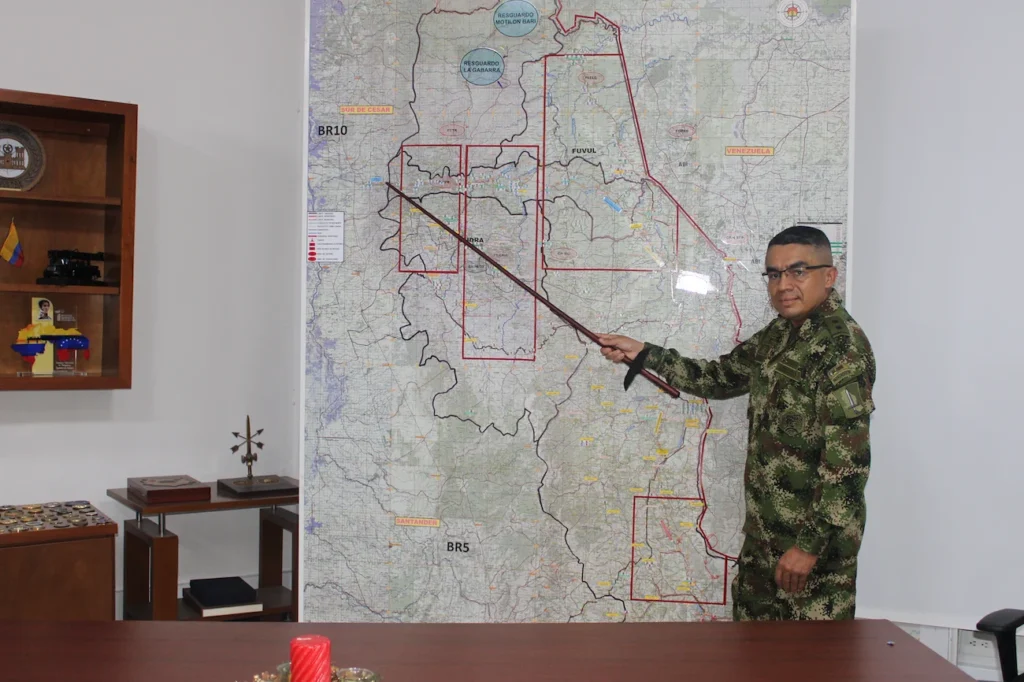

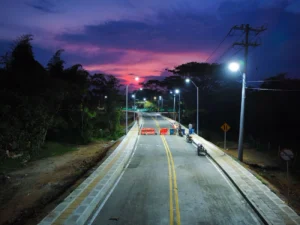 The idea of a road and bridge across the Quilichao has been on the minds of city planners for at least twenty years but was never realized until a team of land experts from the Municipal Land Office took over the process of acquiring the land on both sides of the river.
The idea of a road and bridge across the Quilichao has been on the minds of city planners for at least twenty years but was never realized until a team of land experts from the Municipal Land Office took over the process of acquiring the land on both sides of the river.